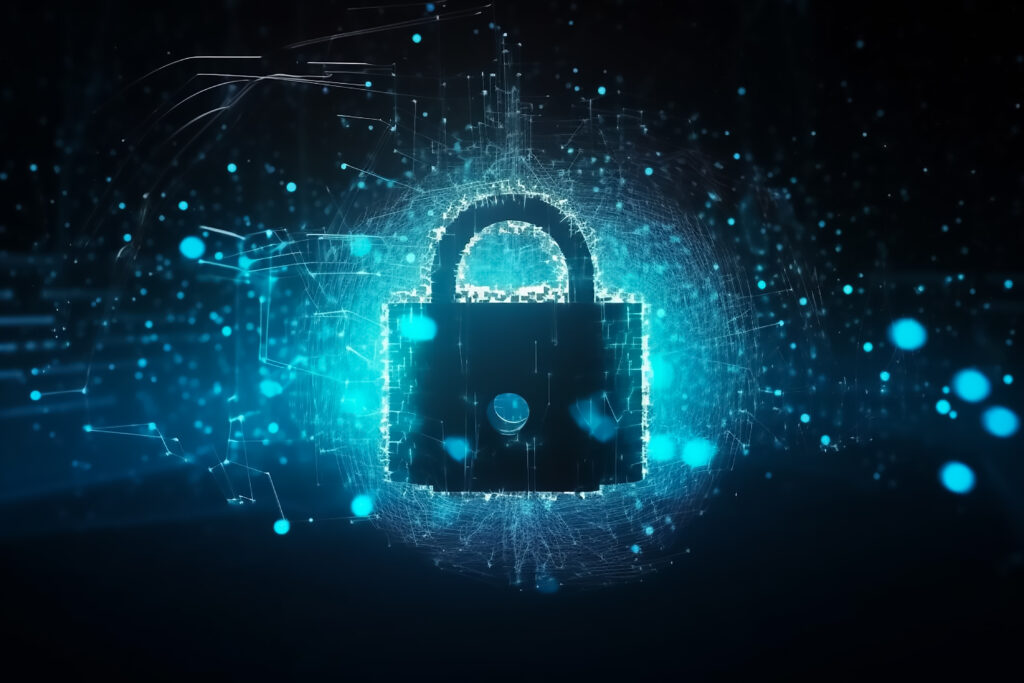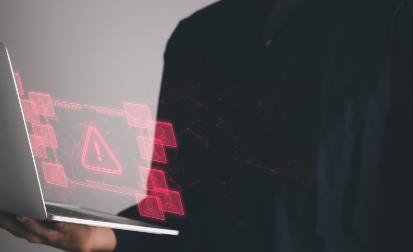As the world increasingly embraces the Internet of Things (IoT), consumer IoT devices have become integral to daily life. However, the proliferation of these connected devices also opens the door to significant cybersecurity threats. For manufacturers, understanding and mitigating cybersecurity threats is crucial to ensure customer trust and product security. This article explores the top three cybersecurity threats that consumer IoT manufacturers must be aware of.
- Lack of Security Updates
Outdated software can lead to various vulnerabilities, ranging from low-criticality to vulnerabilities that compromise the entire system.
Regular software updates are crucial for consumer IoT devices, often including security-relevant patches. With the advent of the consumer IoT and the proliferation of embedded connected devices across various industry verticals, support for remote software updates is inevitable for producing customer value and effective operations.
These vulnerabilities are often publicly known and can be found easily by security scanners. Due to the lack of updates and update management, many software components and underlying systems become vulnerable over time, with increasing criticality as time passes by. Outdated firmware and software can become easy targets for attackers.
2. Unprotected Communication
Unencrypted data transmission can lead to various risks and threats, including identity theft, intellectual property theft, and data manipulation. Data vulnerability refers to data’s susceptibility to unauthorized access, interception, or modification during transmission.
This can occur through hacking, eavesdropping, or interception by malicious actors.
Cybercriminals can exploit unprotected communication by intercepting data during transmission and gaining unauthorized access to sensitive information. Data breaches due to unencrypted information represent a huge business risk. Vulnerable sensitive data leads to identity theft, fraud, and theft of financial resources from employees and customers.
3. Privacy Violations
Consumer IoT devices generate vast amounts of data, creating significant security challenges. This data, which includes personal information and usage patterns, is valuable to companies for insights and improving services. However, secure storage and management of this data are crucial to prevent potential breaches. A security breach could expose sensitive information, resulting in privacy violations and financial losses.
The cybersecurity risks multiply when personal data from these devices is shared with third-party companies. Each additional party involved in data handling introduces another potential vulnerability. These threats highlight the importance of robust cybersecurity measures, including encryption, regular security updates, and stringent access controls, to protect against unauthorized access and data misuse. Implementing comprehensive security strategies is essential to safeguard user information and maintain trust in IoT ecosystems.

Be Prepared With ETSI EN 303 645 and RED
Adopting the ETSI EN 303 645 standards can be crucial for shaping the future of consumer IoT cybersecurity. It gives consumer IoT device manufacturers a competitive edge, as it signals to customers the cybersecurity of their products. It helps minimize risks by establishing a security baseline for connected consumer products, thus preventing large-scale, prevalent attacks against smart devices. The standard also fosters a more secure and resilient consumer IoT environment, prioritizing user safety and data security,
Compliance with the Radio Equipment Directive (RED) is also essential. The harmonized standard ISO 18031, which is currently being prepared, shares many similarities with ETSI 303 645. The ISO 18031 family of standards helps to ensure general cybersecurity compliance and testing of IT devices. This standard is divided into three parts: 18031-1, 18031-2, and 18031-3. There are several overlapping requirements between these standards.
18031-1 is currently in the “prEN” status, meaning it is a preliminary European standard open to public comment. This feedback phase is crucial as it allows for amendments based on the received input. Following the prEN stage, the standard advances to the “FprEN” stage, or Final Draft European Standard, the final version ready for a vote by national members of the European standardization organization.
Summary
In the rapidly evolving digital landscape, consumer IoT device manufacturers must stay ahead of the curve by understanding and mitigating cybersecurity threats, particularly those associated with consumer IoT devices. By adopting robust security measures and standards like ETSI EN 303 645, and complying with directives such as RED (Radio Equipment Directive), manufacturers can protect their products and customers while also gaining a competitive edge in the market.
Independent cybersecurity labs, like CCLab, are fully prepared to assist clients in preparing and assessing conformity to comply with these standards. By leveraging their expertise, manufacturers can ensure their products meet the necessary cybersecurity requirements, thus enhancing product security and market competitiveness.
Read More Articles: 5 No-Fail Tips for Finding Tough Metal Ones.















